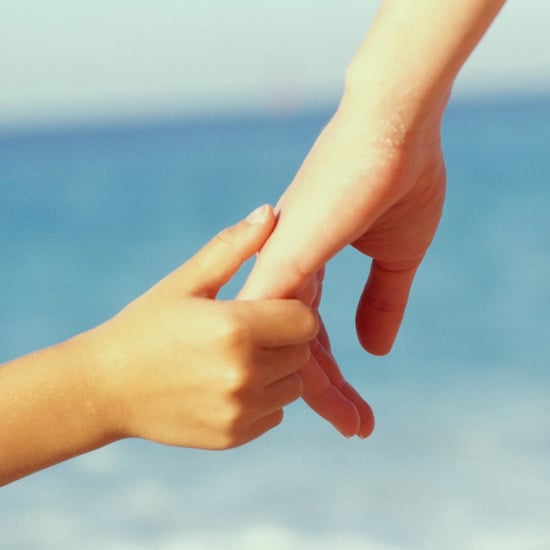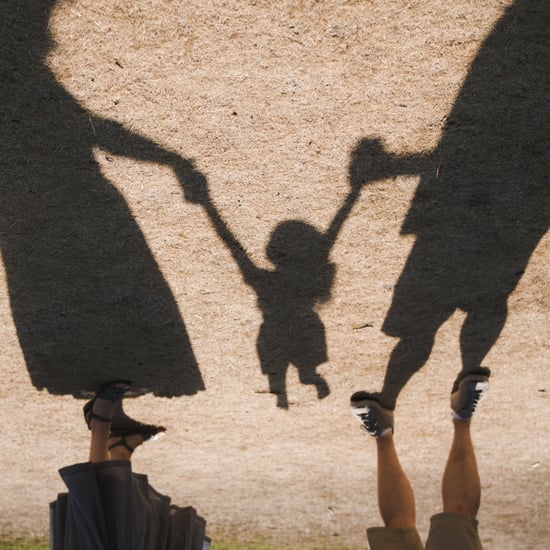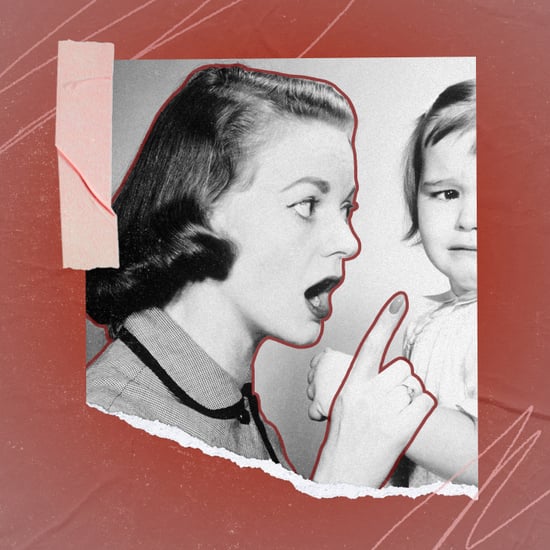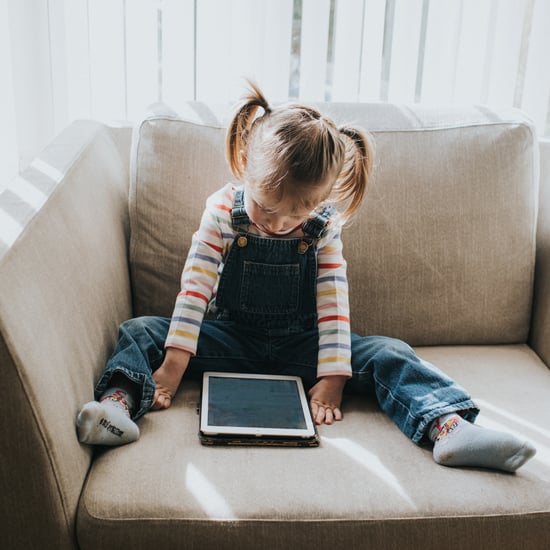What My Family Does Instead of Timeouts
We Decided to Never Use Timeouts With Our Toddler, and It's Been a Total Game Changer
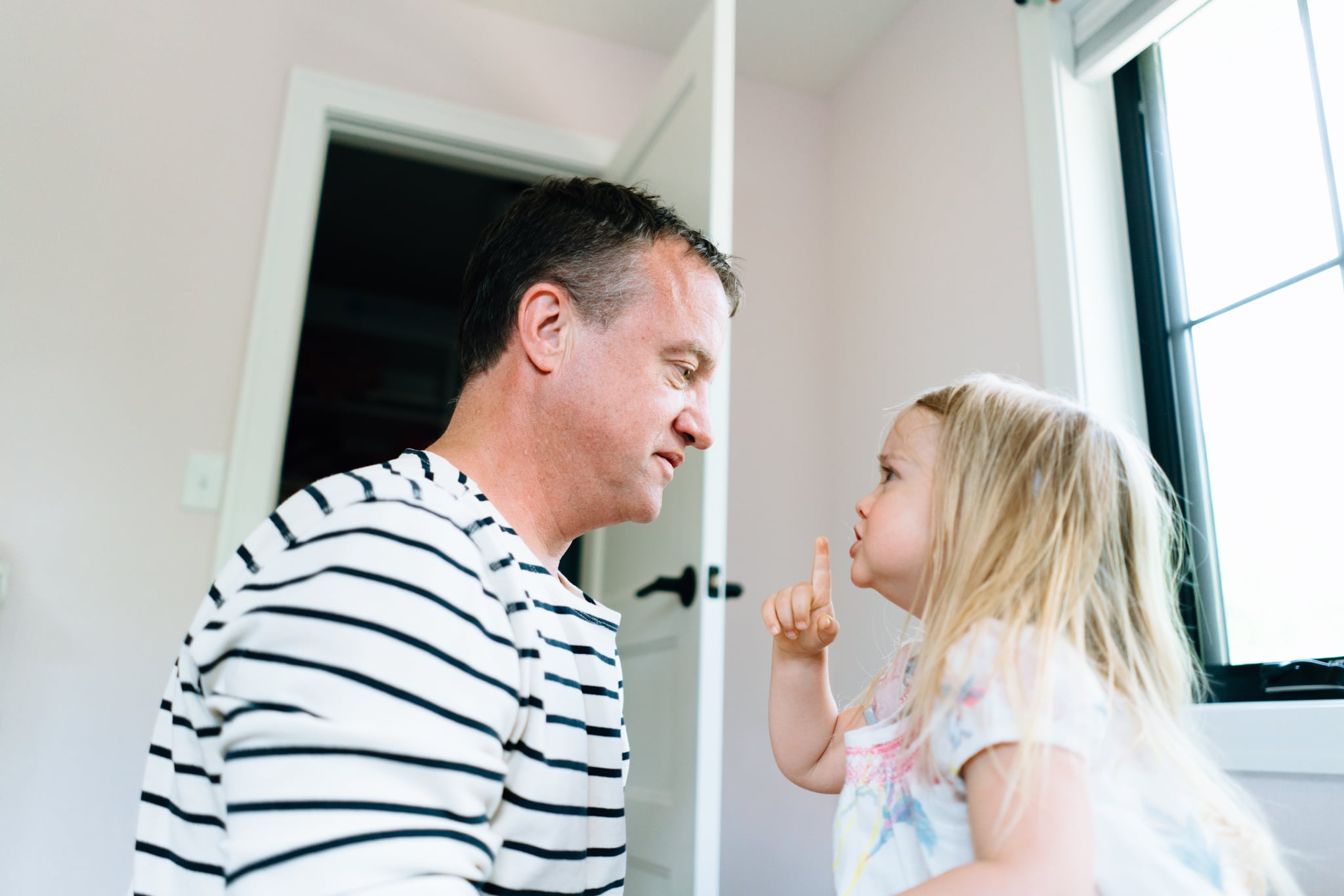
I saw a parent once lose their temper with their toddler outside of a Target when I was in college, and for some reason, this seemingly mundane memory has stuck with me. Years later I had my first child, and once she reached toddlerhood, I began to understand what that frustrated parent was going through. Toddlers can be incredibly challenging and demanding little beings, but they are also curious, smart, creative, and at their core just trying to figure out what this world is about — all while juggling an ever-changing roller coaster of emotions.
I have always felt that understanding your own emotional process and addressing ways to work through your triggers and struggles is one of the most important gifts you can give to yourself. Emotional intelligence wasn't stressed in my house growing up, so I took a natural liking to problem solving and investigating my own, as well as everyone else's, emotional process. This interest turned into a career aspiration and I eventually became a licenced marriage and family therapist (LMFT, MA MFT). In my work as a therapist, I often would see clients who had little ones who were struggling with finding effective ways to teach their children about appropriate behaviour, while simultaneously acknowledging their feelings. I spent some time working with these parents on ways to show their children how to use language to describe their feelings, as well as help them implement age specific coping techniques.
After speaking with my husband, we decided against timeouts, despite many of our family members' recommendations.
Toward the end of my pregnancy, I paused my therapeutic work to focus on our new little family, and as our daughter approached the cusp of toddlerhood, many of my clients' stories about their children came flooding back to me. Our daughter struggled with being gentle with our slew of pets (two dogs, two cats), would throw whatever she was playing with to the ground if it wasn't "working" in the way she wanted it to, and would grab toys from anyone if she wanted them (Sound familiar?). Her behaviours overwhelmed me at first, as they seemed to crop up overnight, which I later understood to coincide with major mental and/or physical growth spurts. Although I focussed on helping her acknowledge her emotions by saying phrases like, "It looks like you're feeling [insert emotion]," it didn't feel like enough.
After speaking with my husband, we decided against timeouts, despite many of our family members' recommendations, and opted to try what I had been coaching my clients through with their children. I know parents and teachers who use timeouts and I have nothing against their choice, but for me, I knew I wanted to do something that incorporated further developing her emotional intelligence, coping skills, and self regulation, versus just giving her a break.
We decided to use a mini cushioned chair that she already loves as a safe place for her to go to when she was overwhelmed by her feelings. The calming chair, as we call it, has been a serious game changer for our family. Not only that, but we are beginning to see her emotional self-regulation develop, which has been truly incredible.
We introduced her calming chair into our general living space, but off to the side where she could have a bit of privacy if needed. Instead of creating a forced time out, when it looks like she is feeling overwhelmed we will say, "It looks like you may be feeling [insert emotion], because of [insert situation/behaviour exhibited]." We then ask if she'd like to head to her calming chair so she can bring down her energy. Once there, we practice taking deep breaths together. Even if she doesn't engage in the breathing exercise, I tell her that it helps us feel more relaxed so we can better explain ourselves. Keep in mind, the point of this is never to dampen her emotions, it's just to help her bring her energy down so she can process her feelings. I then tell her when she's ready she can rejoin us and we discuss what happened.
This routine enforces the notion that no matter what we are here to teach her, be patient with her, and love her unconditionally.
Unlike timeouts, this gives her the agency to evaluate when she's feeling emotionally ready to reconnect. At almost two years old, her language is still developing, but she has the wherewithal to simply explain why she felt a certain emotion. We validate her feelings and discuss, in age-appropriate ways, what options she has going forward. For example, if she grabs something, we explain that we either ask for something and wait for a response, or wait until someone is done playing and puts that object down. To really solidify this information, we practice doing so with each other when she is not feeling emotionally agitated. In cases where she is too rough with one of our pets or with us, we make it a point to always say "ouch" so she begins to understand that others feel pain just like she does, and then reconnect by telling her what a gentle touch looks like, letting her practice it, and then encourageing her to say sorry and either giving a hug, kiss, or high five. This routine enforces the notion that no matter what we are here to teach her, be patient with her, and love her unconditionally.
Allowing her to grapple with her emotions, regulate herself, practice safe behaviour, and then rejoin us are incredibly important skills for little ones, as well as adults to be well versed in. Children who are taught to regulate their emotions and communicate their needs without being punished for doing so typically develop higher levels of resiliency, an increased ability to focus, and tend to have better relational skills as they grow up, which can positively impact the choices they make as adults. While the calming chair has been a success in our household, it's definitely on the forefront of our minds to practice what we are teaching her as well. While it's important to focus on raising little ones with the tools they need to be healthy individuals, it's critical to show them that we, as parents, are practicing the same appropriate emotional regulation. Even as adults, couldn't we all use a special calming chair to retreat to when we feel overwhelmed, too?

